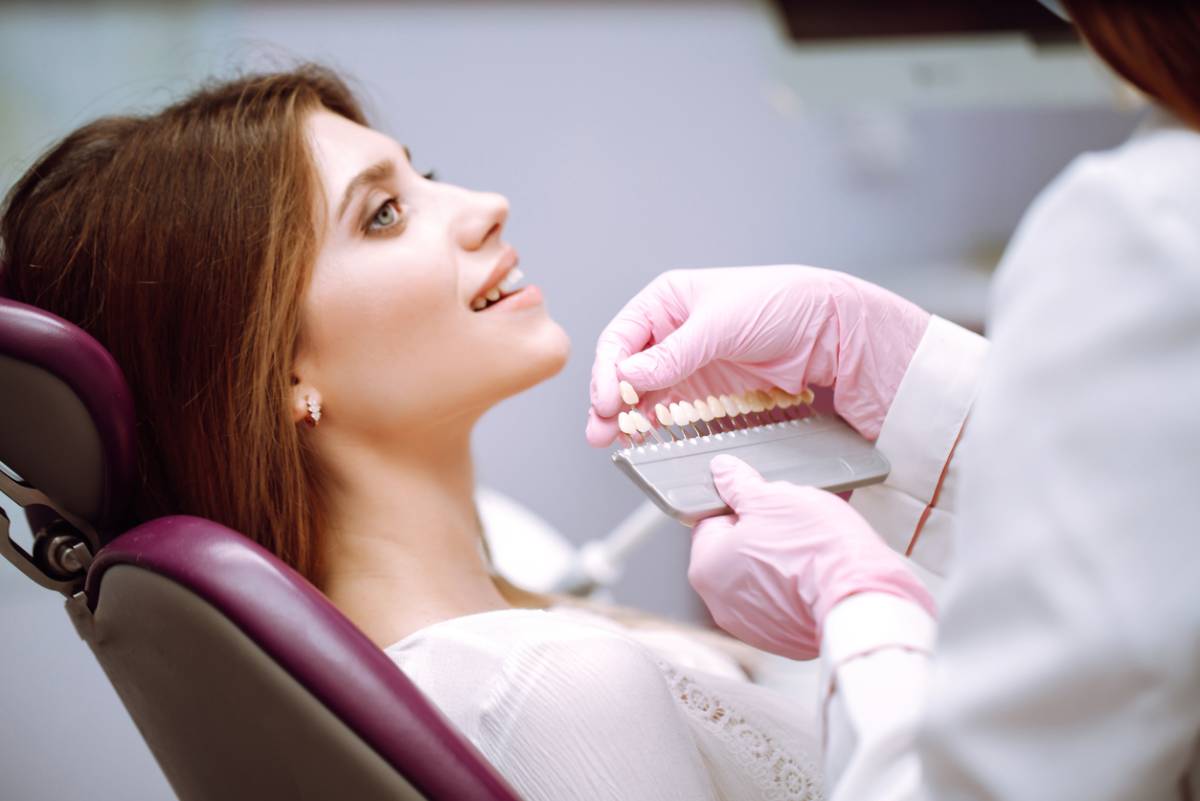Getting crowns is a very common dental procedure. Dental crowns are special caps shaped like your natural teeth. They can be made of different materials such as gold, silver amalgam, composite, and porcelain and are designed to solve many dental issues. They are bonded with your teeth, stay secure, and function just as well as your natural teeth. In this article we will answer the question: how long does it take to get a dental crown, and walk you through the process of receiving the treatment.
How Long Does It Take to Get a Dental Crown?
Reasons to Get Dental Crowns
Dental crowns can serve many purposes, such as:
- Protecting teeth that are damaged or weakened by tooth decay
- Protecting teeth whose walls are left thing by receiving large dental fillings
- Improving the look of chipped or cracked teeth
- Covering stained or discolored teeth
- Improving the functionality of your teeth
- Protecting the tooth after getting a root canal treatment
- As a last step in dental implant treatment
How Long Does the Procedure Take?
In most cases, receiving dental crowns happens over two visits to your dentist’s office. The first visit is aimed at preparation and tends to take approximately 60 minutes. Typically, the process of receiving one crown during the second visit takes about 30 minutes. The time for both visits may vary depending on each specific case and on the severity of the condition of the tooth.
The Procedure For Getting Dental Crowns
The First Visit
During the first visit, your dentist will evaluate the condition of your tooth. Sometimes, additional treatment has to be done before a dental crown can be installed. Such treatment might include fillings or root canal therapy. In some cases, a larger filling called a core has to be done. This happens when the damage is severe, and the structure and stability of the tooth need to be improved. In other cases there is a need to remove a part of the tooth to ensure sufficient room for the crown.
When there is no concern connected to the health of the tooth, it will be reshaped by removing a layer of its surface. Usually, a local anesthetic is used to prevent the patient from feeling pain or discomfort. On top of that, the first appointment is when your dentist will get an impression of your tooth pressed into a mold or using a digital scan. This impression, along with the bite model, is sent to the laboratory to custom-make a permanent crown that will fit snugly in your tooth and match your natural teeth in color. This permanent dental crown will take several weeks, usually 2 to 3 weeks, to be ready.
Then a temporary crown is placed on the tooth. The temporary crown is needed to protect the tooth while the permanent crown is being prepared. It also ensures comfort while eating and speaking.
The Second Visit
Once your permanent crown is ready, your dentist will invite you to the second appointment. During this visit, the temporary crown is removed, and the permanent one is bonded with your tooth using dental cement or adhesive.
Your dentist will also make sure that the permanent dental crown fits your tooth comfortably. When your crown is placed on the tooth, your bite should feel normal, as if it was your natural tooth.
In most cases, small adjustments to the crown can be made after it has been bonded to your tooth. However, if the dental crown feels very uncomfortable and requires a lot of changes, it might be necessary to take it off and send it back to the laboratory. Sometimes, a crown has to be replaced completely. To avoid these additional procedures, make sure that the crown feels comfortable when it is first placed on the tooth.
There are cases when a dental crown can start being uncomfortable or your bite starts feeling uneven with time. This can happen due to different factors. Regardless of why this occurs, contact your dentist. Possibly, your crown has to be replaced or adjusted.
After the Procedure
There is no long recovery time after the procedure, and you can return to your daily activities as soon as you like. However, some teeth sensitivity and tenderness of the gums can be the case for several days after the crown is placed.
Do not eat or drink before the local anesthetic wears off. Your dentist might recommend a saltwater rinse in the first several days after receiving the treatment. You should also avoid hard or sticky food that can damage your crown. In general, having proper daily oral hygiene is necessary to preserve your dental crowns and overall oral health. It is also recommended to always avoid foods and drinks that can stain your teeth and dental crowns.
If you need dental crowns or have any questions about the procedure left, make an appointment at Shodhan Yucaipa dental office today. We will make sure that you receive the best quality dental crowns to preserve your smile.

